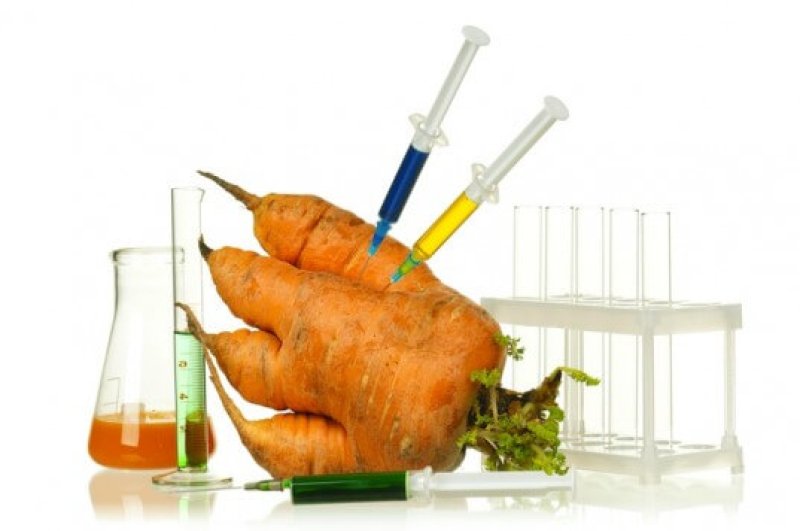When transgenic plants (the so-called GMO plants) hit the market in 1996, conventional wisdom at the time was that these new plants differed fundamentally from the older, more traditional plants in that the GMO plants contained a gene not found in the present-day plants on the market.
This difference is the reason for the testing required to “deregulate” a transgenic plant before marketing and is one of the stated causes behind the anti-GMO crusade. Recent findings, however, show unequivocally that this distinction, in fact, does not exist.
Until recently, it was thought that plant breeding programs selected the superior forms (termed alleles in genetic parlance) of existing genes. Breeders selected for the form or allele of the gene that, for example, encoded a more efficient protein, expressed the gene at a higher (or lower) level, etc. Selection by the breeder was not at the gene level but rather at a level easily observed by the breeder. This could be greater yield, enhanced disease or insect resistance, sweeter fruit, larger berry, earlier maturity, etc. Then it was thought that all members of a particular plant family (corn, soybean, wheat, blue berry, orange, etc.) contained the same genes; they simply differed in the forms of those genes existing in a particular family.
It turns out that this is all wrong.
The remarkable advances in the way DNA is sequenced have made the sequencing of all the genes in a particular organism (termed the genome) extremely cheap. Thousands of genomes from different organisms have been decrypted and comparative genomics is a thriving field of scientific endeavor. Investigators have also sequenced different members of a particular family and unexpectedly found that the two different members of the family did NOT contain the same genes. Some genes were found in some members of the family but not in others. This phenomenon of plus/minus genes is particularly rampant in plants.
An exceptionally striking case of this was published recently in the journal Plant Cell. Of 8681 corn genes studied at the DNA level by this group, only a small fraction, 16.4 percent, were found in all 503 lines examined. The vast majority of these genes (83.6 percent) were found in some BUT NOT ALL lines. Corn is not an exception since similar cases of plus/minus genes have been found with other important food crops. Hence, new non-GMO or conventional varieties of food crops appearing on the market this year likely contain genes that were not in those same crops the year before. Also, the new ones likely lack genes that were present the year before.
Where do these genes come from? There are several sources. First, most food plants underwent a duplication of most if not all their genomes during their course of evolution. This duplication then allowed some relaxation from Darwinian selection such that the one gene copy was free to diverge in sequence and take on a new function.
Second, some transposable elements – pieces of DNA that naturally move around in the genome and insert at random into the genome– actually pick up pieces of old genes and put these pieces together to make brand new genes. This is not a rare event. For example in corn a particular transposable element termed a Helitron has synthesized (estimated conservatively) ~11,000 new coding regions. Since the total number of genes in corn is around 40,000 the number of coding regions coming from Helitrons is quite significant.
Note that these newly evolved chimeric genes–arising naturally from transposable elements — bear striking similarities to chimeric genes synthesized by scientists and inserted into plant genomes. The major difference is that the chimeric genes arising in nature via transposable elements occur unsuspectingly. We don’t know when they arise or where, we don’t know what the final product is. We don’t spend millions of dollars monitoring them for safety and hence we don’t know whether they might encode an allergenic protein or otherwise be dangerous. But because eating our typical food plants has a long history of being safe we don’t worry about it.
To summarize, the new methods to rapidly, accurately and cheaply decipher genomes have uncovered hitherto unimaginable variation in the genetic material of all organisms, including the ones we eat. Hence, labelling plants and their derived foods GMO and non-GMO is clearly a distinction without a difference.
L. Curtis Hannah is a University of Florida Research Foundation professor in the Horticultural Sciences Department focusing on molecular biology and plant genetics. [email protected]































